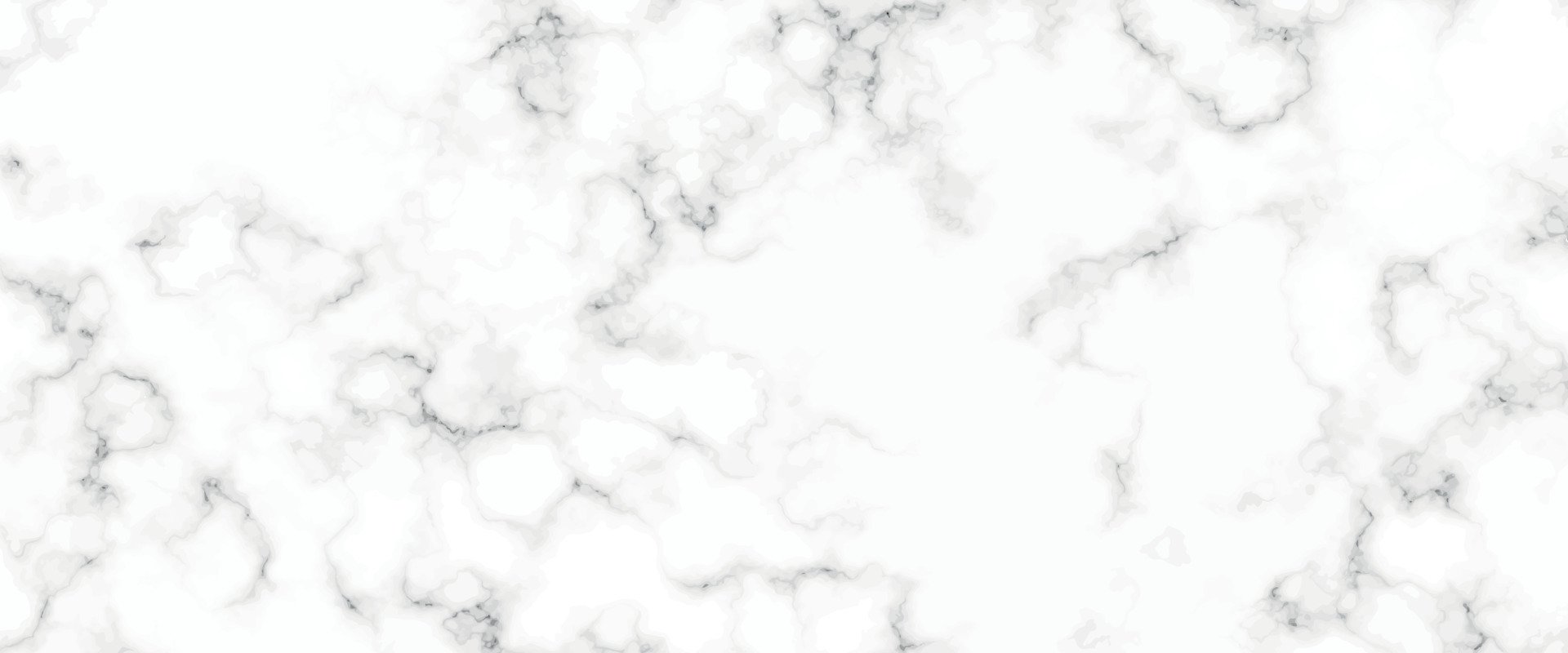
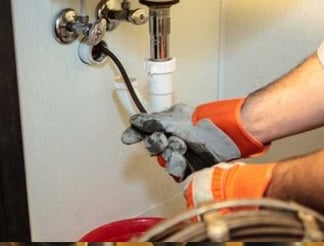

Drain Cleaning
Clogged Pipe Repair Service
Clogged drains are the most common plumbing problem homeowners face. Each year, many clogged drains occur in households. Clogs can quickly occur because the average diameter of plumbing pipes is only 3-4 inches.
Stoppages don’t happen only in the drains that lead directly from your plumbing fixtures but also in your larger sewer lines that run under the home and underground through the yard, connecting to the main sewer line. If your main sewer line is blocked, sewage can back up into your home. A sewer drain clog is a plumbing emergency because the wastewater can't drain out and may come back into the house. The blockage can be caused by tree roots, grease, hair, or mineral deposits. The blockage can cause health hazards, damage to valuables, and damage to your house or office.
Homes that are connected to the city's sewer system typically have one sewer drain pipe that runs underground from the house to the street. This pipe connects to the main sewer line.. Each plumbing fixture has its own drain that connects to the main drain. So your sinks, tubs, showers, toilets, washing machines, dishwashers, etc., have their independent drain that leads to the main drain connected to the main sewer line. If the main drain clogs, the wastewater starts to back up all the drains in the house.
Most Common Causes of Clogs & Stoppages
If you're a homeowner, you'll probably encounter a drain clog at some point. It could be a slow draining sink or a bathtub that doesn't drain properly. No matter what the cause, it's important to have a plumber take care of it as soon as possible.
Drains are some of the most heavily used plumbing fixtures in a home, so it's no wonder that clogs are so common. If you're having a problem with a clogged drain, don't hesitate to call PlumbLink.ca to get it fixed quickly and efficiently.
Knowing the common reasons drains clog can help you prevent it from happening.
Hair
Hair is the most common reason for clogged drains in the bathroom. It mixes with soap and shampoo to form a sticky mess that's hard to remove. If you have a clogged drain, call PlumbLink Plumbing & Maintenance to schedule an appointment to have it cleaned.
Dirt
If you work outdoors and track in a lot of dirt, it can turn into mud when you wash your clothes. This mud can obstruct your drains.
Non-Flushable Items
Flushing feminine hygiene products, paper towels, cotton balls, baby wipes, and diapers down the drain is a bad idea. These items are not flushable and can clog the toilet or the main sewer line. The only things that should be flushed down the toilet are human waste and appropriate toilet paper.
Tree Roots
A tiny crack or hole in your main sewer line is an invitation to tree roots to invade your pipes. Tree roots seek out and thrive in moist environments, and once inside your pipes, they will grow and multiply, eventually blocking the flow of water and potentially crushing the line.
In most cases, drain cleaners, plungers, and home remedies won't solve a clogged drain. If you have a clogged drain, you'll need to call PlumbLink Plumbing & Maintenance
Backed-up drains are never convenient. When a stoppage forms, the tell-tale sign is usually slow drainage or multiple plumbing fixtures backing up at the same time. Toilets are typically the first plumbing fixture to display problems because they use the biggest drains. If your toilet doesn’t flush properly or makes gurgling noises when water is being used in other parts of the home, you most likely have a plumbing problem.
If you suspect a drain clog is developing, don't wait until the clog stops the water flow completely. Call one of our expert plumbers at PlumbLink Plumbing & Maintenance today to have the clog cleared before it becomes a bigger problem.
When slow drainage is addressed, usually a general plumbing service call can restore free flow to your drains and pipes, ensuring that your home stays free of backed up waste and sewer water. At PlumbLink Plumbing & Maintenance, our friendly and trained plumbers can handle any drain cleaning job. We have the right tools and expertise to ensure that your drain cleaning is done properly, safely, and cleanly.
Hydro Jetting
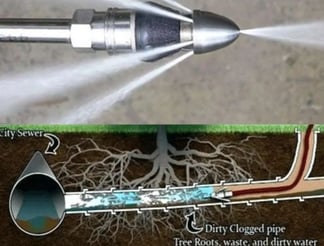

Hydro jetting Services.
If you are a homeowner, you are probably aware that a clogged drain is a common problem. Clogs can be caused by a variety of things, including grease, hair, and other debris. In some cases, a simple drain cleaning snake can be enough to clear the clog. However, if the clog is deeper in the drain, it may be necessary to call a plumber for professional help. A plumber has the experience and tools to quickly and efficiently clear any clog, no matter how severe. So, if you have a clogged drain, don't hesitate to call PlumbLink Plumbing & Maintenance to get it fixed quickly and efficiently.
What is Hydro Jetting?
Hydro jetting uses high-pressure water to clean drains and pipes. It is a safe and effective way to remove clogs and debris, and restore drain flow. Hydro jetting is an environmentally friendly alternative to chemical drain cleaners. It can be used on all types of pipes, and is especially effective on heavily clogged drains. Hydro jetting uses high-pressure water to clean the interiors of a plumbing system.. Hydro jetting is an extremely effective method for cleaning your drains. It blasts through clogs and scours years of grease and debris from the insides of your pipes, thereby improving the flow of your drains.
Stoppages & Drain Clogs
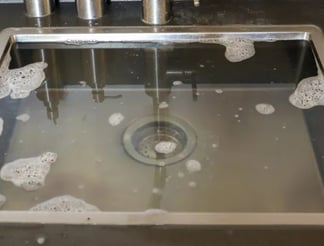

Clogged Pipe Repair Service
Did you know that clogged drains are the most common plumbing problem homeowners face? Each year, 15 million clogged drains contribute to the stress level of frustrated homeowners. Clogs can quickly occur, with average plumbing pipes being 3-4 inches in diameter.
Stoppages don’t happen only in the drains that lead directly from your plumbing fixtures but also in your larger sewer lines that run under the home and underground through the yard, connecting to the main sewer line. The main line can be blocked by tree roots, grease, hair, mineral deposits, and other stoppages resulting in sewage backing up into the home. With nowhere for the wastewater to go but back into the house, a sewer drain clog should be considered a plumbing emergency because of the potential health hazards, possible destruction of valuables, damage risk to your home or office, and more.
Homes connected to the city’s sewer usually have one sewer drain pipe running underground from the house to the street, connecting to the main sewer line. Each plumbing fixture has its own drain that connects to the main drain. So your sinks, tubs, showers, toilets, washing machines, dishwashers, etc., have their independent drain that leads to the main drain connected to the main sewer line. If the main drain clogs, the wastewater starts to back up all the drains in the house.
Most Common Causes of Clogs & Stoppages
As a homeowner, you’ll probably face at least one drain clog in your life, and likely more. Maybe you notice water pooling when you’re showering, or perhaps the kitchen sink doesn’t empty as quickly as it used to.
Considering how much use the drains in the average household get, it’s no wonder clogs are so prevalent.
Knowing the common reasons drains clog can help you prevent it from happening.
Hair
Hair is the most common reason drains clog in the bathroom. Hair mixes in the drains with shampoo and soap, creating a sticky, tangled mess that’s difficult to remove.
Dirt
If you work outdoors, you probably bring a lot of dirt home, which turns into mud when you put your clothes through the washing machine and clogs your drains.
Non-Flushable Items
The only things you should flush down the toilet are human waste and appropriate toilet paper. Many people treat their toilet like a trash can, flushing feminine hygiene products, paper towels, cotton balls, baby wipes, and diapers down the drain. These items aren’t flushable and are notorious for clogging the toilet or main sewer line.
Tree Roots
If you have a tiny crack or hole in your main sewer line, nearby tree roots seek this easy water source and get into your pipes. Once inside, the roots grow and stop water flow completely, and can crush the line.
In most of these cases, drain cleaners, plungers, and home remedies won’t solve the problem, and you’ll need a drain cleaning professional.
Backed-up drains are never convenient. When a stoppage forms, the tell-tale sign is usually slow drainage or multiple plumbing fixtures backing up at the same time. Toilets are typically the first plumbing fixture to display problems because they use the biggest drains. If your toilet doesn’t flush properly or makes gurgling noises when water is being used in other parts of the home, you most likely have a plumbing problem.
Drain Clogges and Cleaning

Clogged Toilet & Repairs
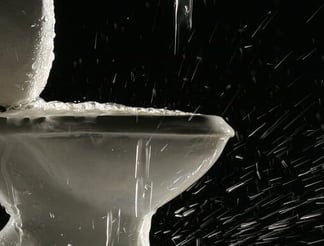

Our Clogged Toilet Repair
Your bathroom toilet is probably the most used fixture in the house, and it’s a toss-up between it and the kitchen sink suffering from the most clogs. One problem with the toilet is that too many people treat it like a trash can, flushing things that should go into the garbage instead.
The key to preventing clogged toilets is to know what causes them in the first place, and here’s a list of the most common ones.
Flushing Non-Flushable Items
You’d be surprised at what people try to flush down the toilet: items like feminine hygiene products, paper towels, cotton balls, etc. However, one of the biggest headaches for plumbers and water treatment plants is the “flushable” wipes. Personal wipes are only flushable in that they can fit down the drain. These products don’t deteriorate like toilet paper and wreak havoc with your toilet and in municipal treatment plants. The bottom line is: if it’s not toilet paper or human waste, put it into the trash.
Blocked P-Trap
The P-trap is a P-shaped pipe designed to keep sewer gas odor from coming into your home. If this trap is partially clogged, it reduces the amount of water that can drain per flush. Sometimes, you can use an auger to clear the obstruction; however, it’s best to call a plumber to ensure you get all of the material out.
Blocked Plumbing Vents
Many homeowners don’t realize it, but your plumbing requires ventilation pipes to ensure proper drainage and protect against sewer gas from getting in. It’s easy for the vents to become clogged, causing your toilet to stop flushing or flush inconsistently.
Damaged Main Sewer Lines
Even though your sewer line is buried underground and well-protected from the elements, it’s not impervious to damage like tree roots and soil erosion. If the main sewer line is punctured or implodes, it causes drainage problems throughout the house, including your toilet.
While you can prevent most toilet clogs by minding what you flush down the drain, when things are beyond your control, call a plumbing professional for help.
Toilet Replacement
You can chalk some toilet problems to bad flushing habits, while others may mean you need a new toilet installation. Let’s look at the most common situations where installing a new toilet might be your best option.
Too Many Repairs
When the costs of repairing an old toilet begin adding up, you have to ask yourself whether it’s worth continuing down that road or if the money could be better spent upgrading to a more reliable model.
Frequent Clogs
Sometimes, old, low-flow toilets lack the flushing power to get the job done. Low flow toilets are designed to save money by limiting how much water you use per flush, but some older models aren’t as efficient as newer ones, and you end up dealing with constant clogs.
Cracks
Another problem with older toilets is developing hairline cracks. Hairline cracks will only get worse and eventually lead to leaks. It’s a good habit to inspect your toilet for minor cracks and leaks every time you clean it.
High Water Bills
If you don’t have a low-flow toilet, you’re probably spending more on your water bill than necessary. Traditional toilets use up to 5 or 6 gallons per flush, while newer low-flow models typically get the job done with less than 2. The savings will add up quickly for an average household and show up in a lower water bill.
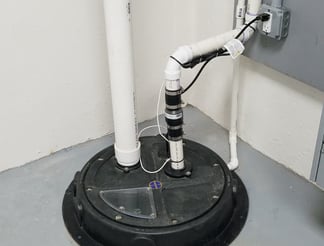

Sump Pump Services
Sump Pump Installation
A sump pump is your home's first line of defense against flooding.
A sump pump is an excellent investment that can protect your home against water damage from flooding and the expense of repairs and cleanup. If you’ve never considered a sump pump, here are a few reasons for doing so.
What is a Sump Pump?
A sump pump is a device that sits in a pit at the lowest part of your house, typically the basement, and it is designed to protect you against flooding. Here’s how they work. The system sits idle until it’s needed. When heavy rains occur, and the ground becomes saturated, the water might flow into the basement. Because the pump sits at the lowest point, the water flows towards it, which activates the pump. Once activated, the pump removes the incoming water and drains it into a storm drain or pond to prevent it from flooding your basement.
Besides pumping out flood water, sump pumps offer additional benefits, including:
Protection from water damage
Protection from mold and mildew growth
Protects appliances
Discourages insects and pests
Protects your foundation from cracks
Gives you peace of mind if you’re away during a storm
Now, you might be asking yourself whether you really need a sump pump.
Keep in mind that moisture is common in basements and crawl spaces, and having a sump pump can significantly reduce it. Also, if you live in an area that receives heavy rainfall, there’s always the potential for flooding and installing a sump pump provides you with insurance that you’ll be protected. So, the adage applies with sump pumps: It’s better to have it and not need it than to need it and not have it.
Our Sump Pump Maintenance
Your sump pump won’t do you any good if it doesn’t work when called on, so it’s essential that you keep it in proper working condition.
Here are a few tips to ensure your sump pump will be ready to work during a flood.
Test it Regularly
A heavy rainstorm isn’t the time to find out that your sump pump isn’t working. So, it’s wise to test it at least once a year by filling a bucket of water, pouring it into the sump, and seeing if the unit kicks on. You’re good to go if it powers on and begins removing the water.
Clean the Inlet Screen
The inlet screen is located at the bottom of the pump and is where water enters. The inlet screen acts as a filter to prevent the pump from getting clogged, so if the filter screen is dirty, it will impede water from getting in, rendering your pump ineffective. Check the inlet screen once a year and clean it if necessary.
Inspect the Discharge Line
The discharge line is where the water drains away from the house, and it can become clogged like the inlet screen, so check it once a year as part of your maintenance routine.
Check the Power Source
Your sump pump should be connected to a GFCI outlet to protect it in case of a power surge. Test the outlet once a year by pressing the reset button to ensure the system is getting power.
Watch for Issues
Lastly, it’s essential to pay attention to your sump pump and watch for issues that indicate you may need to replace it, such as:
Strange noise during operation
Rust
Continuously cycling on and off
Nonstop running
Motor failure
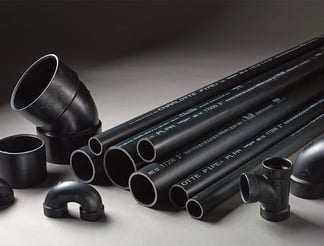

Sewer Line Repairs
Causes of Sewer Line Damage
Nobody likes talking about sewage problems, but it’s a part of owning a home. Without a functioning waste disposal system, your home and family are at risk of contracting diseases, mold and mildew growth, and other damage. These problems occur when there’s damage to your main sewer line. But what causes it?
Tree Roots
One of the most common causes of sewer line damage is tree root invasion. Tree roots are naturally attracted to wastewater, which is like fertilizer on steroids. Even if there’s a tiny crack or hole in your sewer line, it won’t take nearby trees long to notice and send their roots to take advantage. Once the roots get into the pipe, they grow uncontrollably, causing significant clogs and ruptures.
Physical Obstructions
Another common problem is physical clogs, and these occur mainly because too many people treat their toilets like garbage cans, flushing items that should go into the trash. Items like feminine hygiene products, personal and baby wipes, diapers, toys, cotton balls, etc. Your sewer system wasn’t designed to handle these items, so it’s easy for them to build up over time and cause a clog.
Rodents
You wouldn’t think that mice, rats, and other rodents could be dangerous to your plumbing system, but nothing could be further from the truth. Burrowing rodents loosen joints, cause small cracks to worsen, and build their homes in the pipes.
Age
Lastly, age and wear and tear take their toll on everything, including your plumbing system. Corrosion, sediment buildup, and soil shifting contribute to sewer clogs and ruptures. While you can keep an eye on your system through routine inspection and maintenance, eventually, you’ll have to replace your sewer line.
